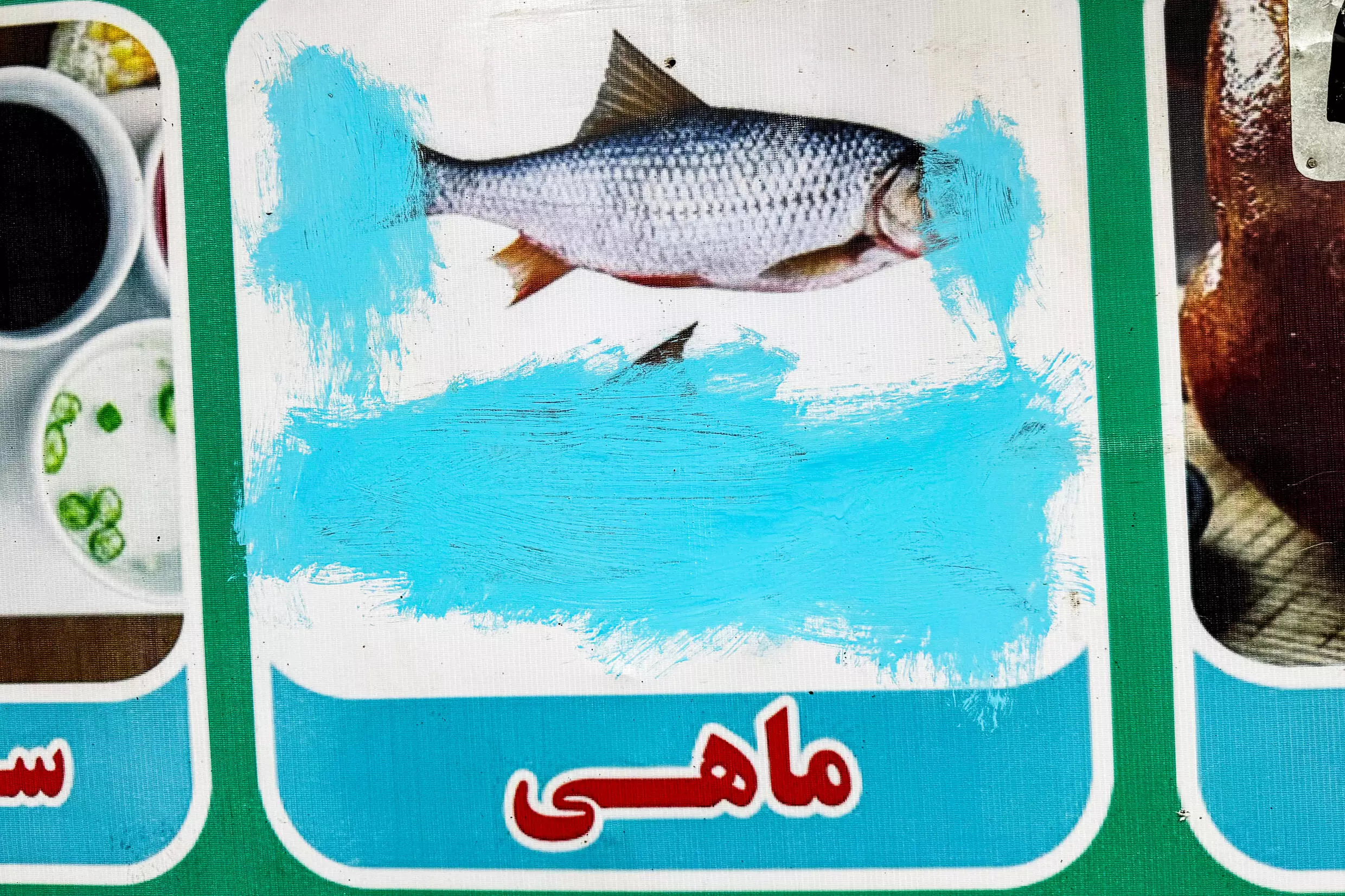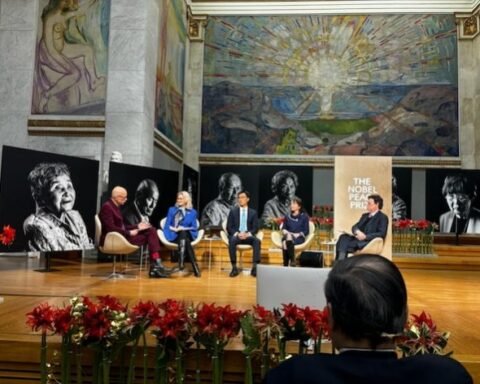KABUL – Afghanistan’s Taliban-led government announced plans on Monday to gradually enforce a new law banning the publication of images of living beings in the country’s media, according to a spokesperson for the Ministry for the Propagation of Virtue and the Prevention of Vice (PVPV). This move is part of the broader legislation formalizing the strict interpretation of Islamic law that the Taliban has imposed since retaking power in 2021.
“The law applies to all Afghanistan… and it will be implemented gradually,” said Saiful Islam Khyber, PVPV spokesman, in a statement to AFP. He added that officials will work to persuade citizens and media outlets that displaying images of living beings contradicts Islamic teachings.
“Coercion has no place in the implementation of the law,” Khyber noted, describing the process as more advisory, aiming to convince people that such images should be avoided under Sharia law.
The new regulation outlines several restrictions for the country’s media, including a ban on images of living beings and a prohibition against mocking or contradicting Islam. However, these measures have not yet been strictly enforced, and journalists say they have been assured they can continue their work for the time being.
Though officials from the Taliban administration continue to post images of people on social media, Khyber stated that efforts to implement the law have begun in provinces like Kandahar, Helmand, and Takhar. The gradual enforcement has also involved summoning local journalists for guidance on how to adjust their work practices, including taking fewer close-up shots of people.
In Ghazni province, PVPV officials advised visual journalists to take photos from a greater distance and reduce coverage of certain events. Similar guidance was provided to reporters in Maidan Wardak province.
This latest media restriction mirrors measures seen during the Taliban’s previous rule from 1996 to 2001, when television and photographs were banned. Since their return to power, some censorship efforts have sporadically resurfaced, with officials ordering the alteration of advertisements and the covering of shop mannequins’ faces.
The impact on Afghan media has been severe since the Taliban’s return. According to industry sources, only 5,100 media professionals remain in the field, down from 8,400 before 2021. Of the remaining journalists, 560 are women, who have faced the harshest restrictions, including being required to wear masks on television and, in some regions like Helmand, being banned from radio and television altogether.
Afghanistan has dropped sharply in global press freedom rankings, slipping to 178th out of 180 countries, according to Reporters Without Borders (RSF).







